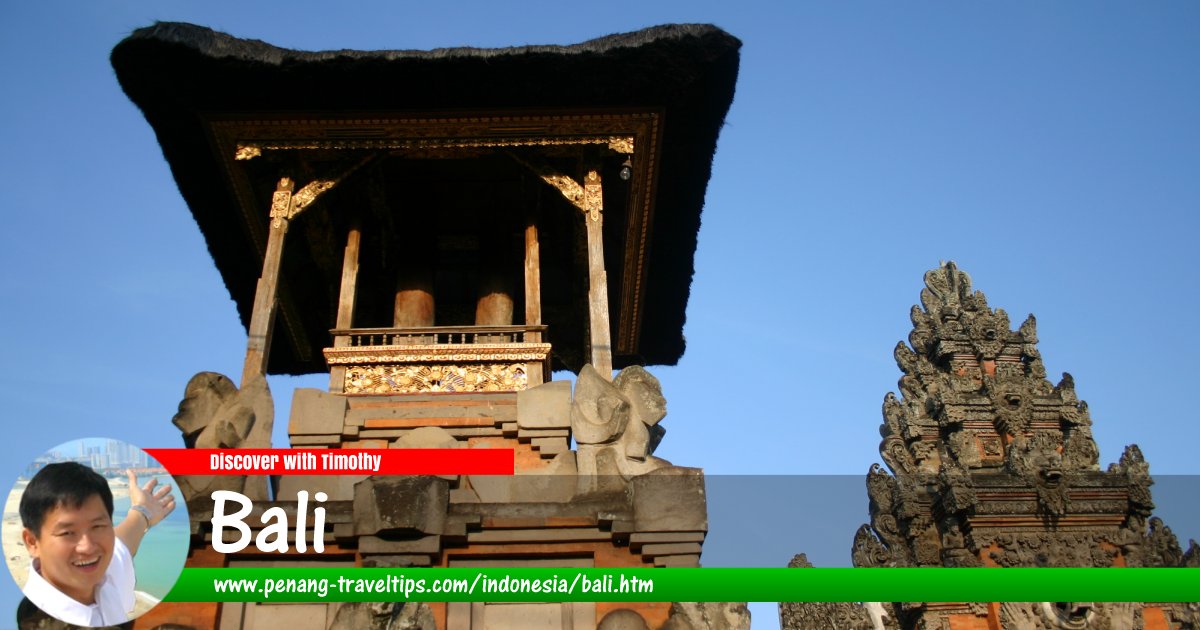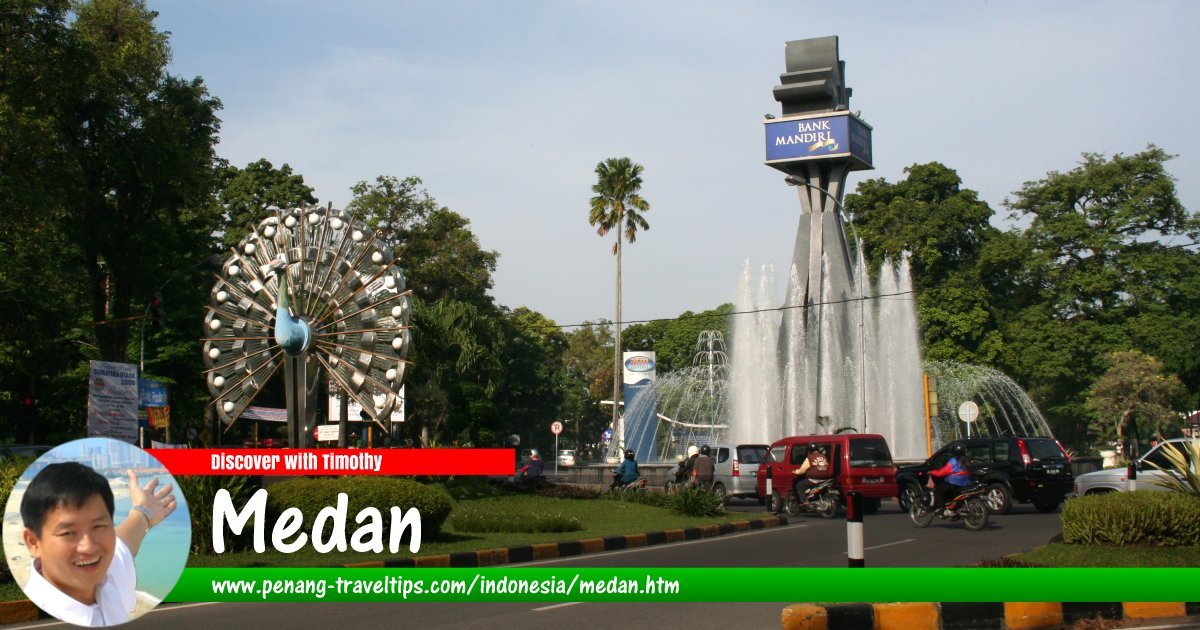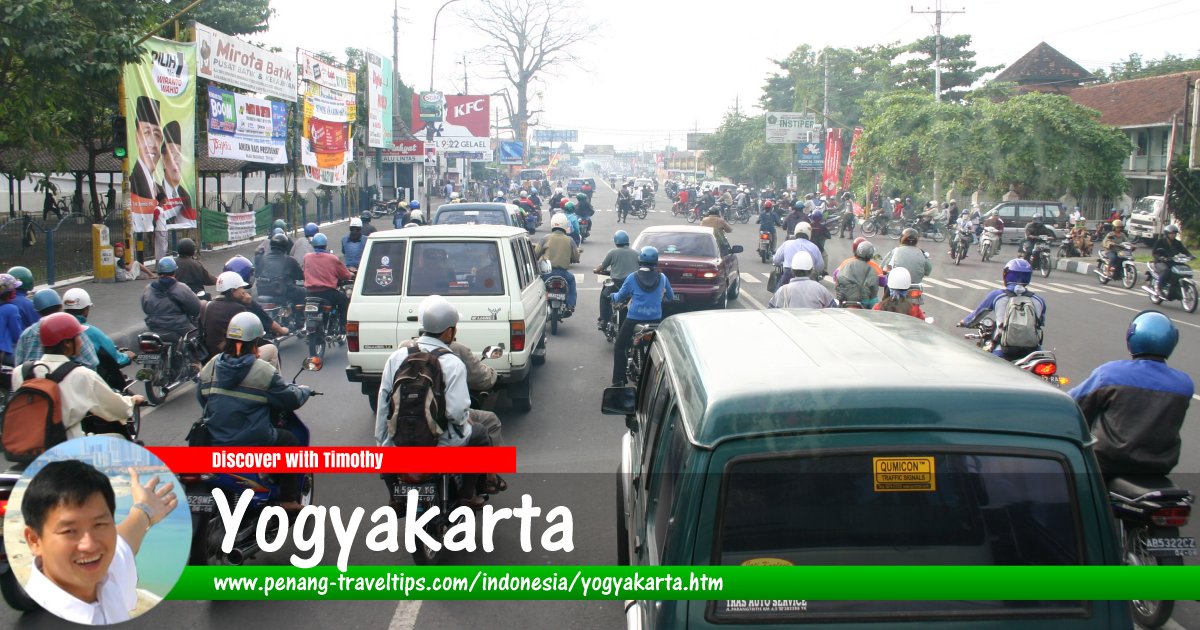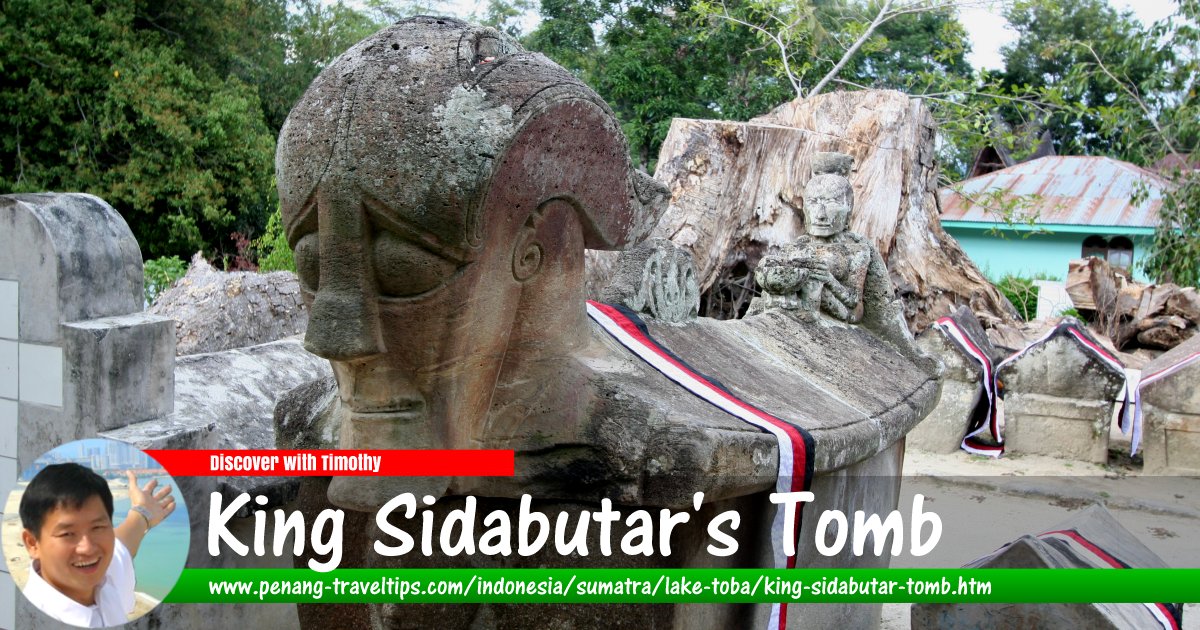 King Sidabutar's Tomb (29 April 2006)
King Sidabutar's Tomb (29 April 2006)
King Sidabutar's Tomb is the royal tomb in the Batak village of Tomok on Samosir Island, in Sumatra, Indonesia. The Sidabutar is the ancient ruling clan in Tomok. Indeed, the sarcophagi of the ruling Sidabutar clan are the main attraction at Tomok. To get there, we walked from the Tomok jetty, past a main road, then onwards to a sideroad (Jl Makam Sidabutar) where there were souvenir stalls on both sides. We past a traditional village on the right, where there is a Welcome sign. After a short distance, we came to the Sidabutar tomb which is also on the right side of the road.
An on-site guide is available to explain the significance and meaning of the tomb, and tourists are brought to view the sarcophagi in batches. We were provided a sash to wear, perhaps a mark of respect, as we had to return it after the visit. In front of us were rows of stone sarcophagi. Some were quite small, and I speculate whether these are for royal children who died small.
King Ompu Soribuntu was highly respected by the Tomok Batak people for having established the Dalihan Natolu, literally "three principles", the general philosophy that guided the Batak people. According to custom, when the king died, he was not buried in the ground, but had a sarcophagus carved in stone, and placed at the centre of the village. Seven days later, his descendants would plant a Hariara tree at his grave site.
Another important Sidabutar ruler was King Ompu Ni Ujung Barita Sidabutar. He continued the tradition and culture established by King Ompu Soribuntu. According to legend, when he was at an elderly age, he wanted to marry a woman named Anting Malela. During the engagement period, Batak women had to carry a cup without handles on her head. However, Anting Malela broke the engagement by refusing to carry the cup. Furious, King Ompu Ni Ujung Barita used black magic to make her crazy.
When King Ompu Ni Ujung Barita died, he was placed in a sarcophagus beside the earlier king. His likeness is cared on the front of the sarcophagus. It shows him wearing a turban-like headgear. A sculpture of Anting Malela is also carved behind the sarcophagus. It shows her carrying a cup without handles over her head, a sign of the king's command for obediance.
King Ompu Solompoan Sidabutar was the first Tomok ruler to embrace Christianity. His sarcophagus is beside that of King Ompu Ni Ujung Barita Sidabutar's. Unlike the sarcophagi of the earlier animistic rulers, King Ompu Solompoan's grave spots a cross.
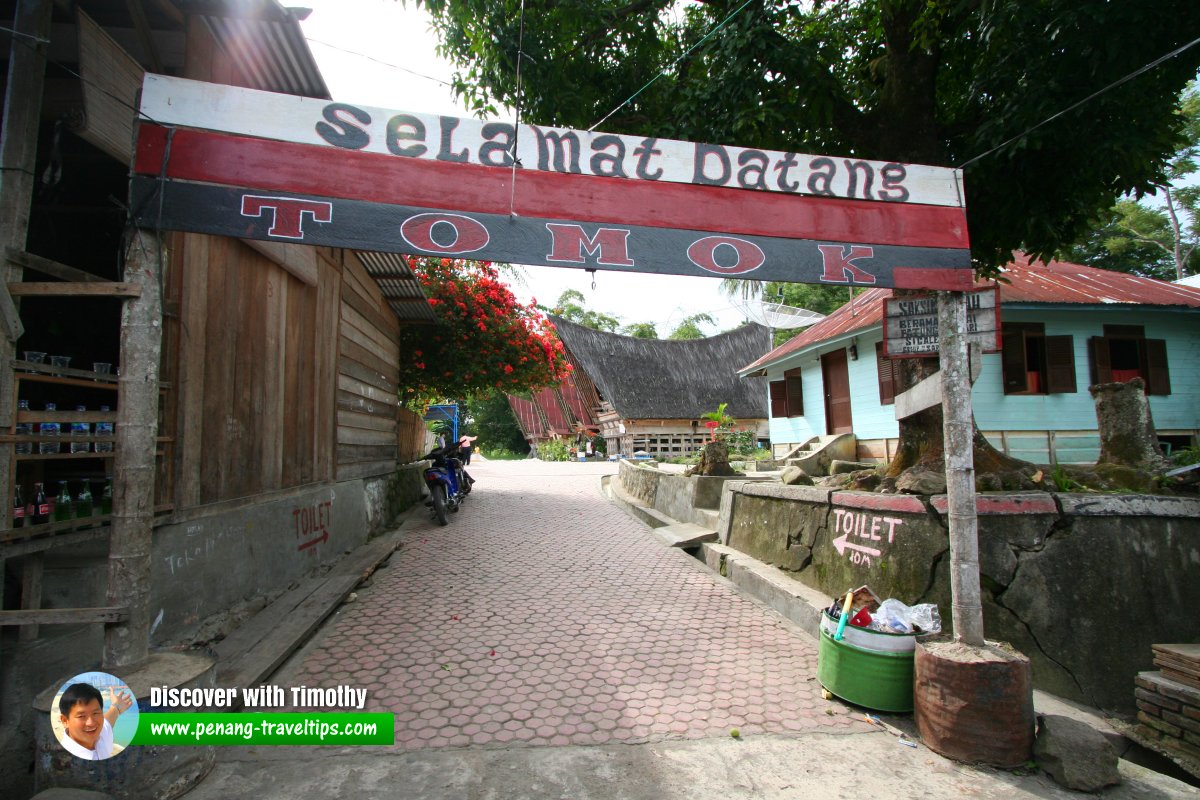 Village of Tomok on Samosir Island. (29 April 2006)
Village of Tomok on Samosir Island. (29 April 2006)
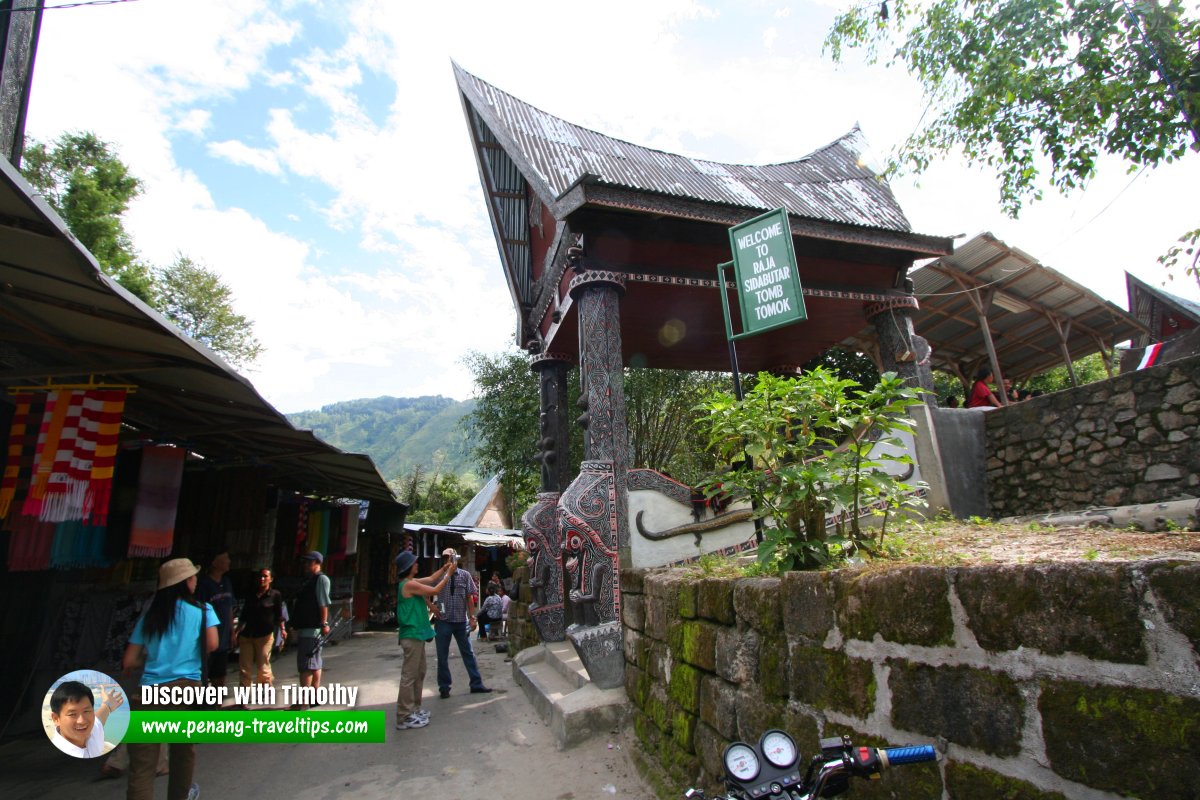 Entrance to the Sidabutar tomb in Tomok. (29 April 2006)
Entrance to the Sidabutar tomb in Tomok. (29 April 2006)
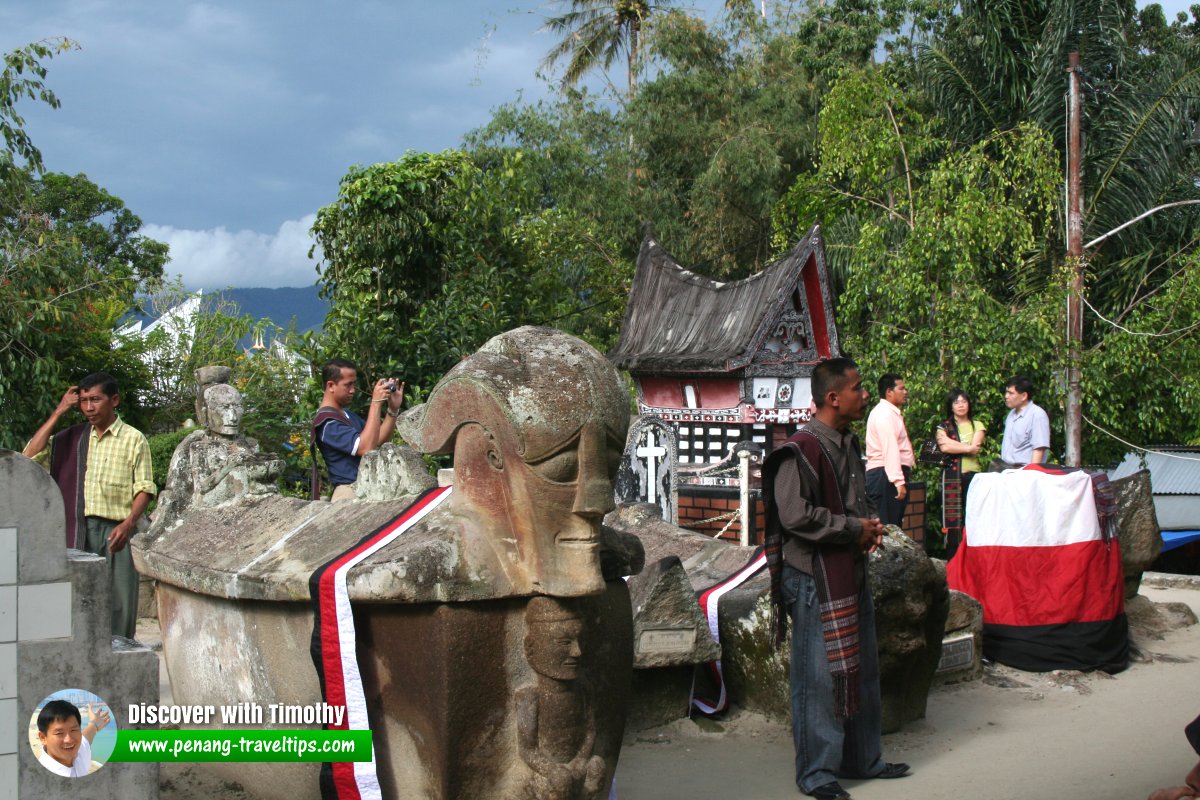 King Sidabutar's Tomb with on-site guide. (29 April 2006)
King Sidabutar's Tomb with on-site guide. (29 April 2006)
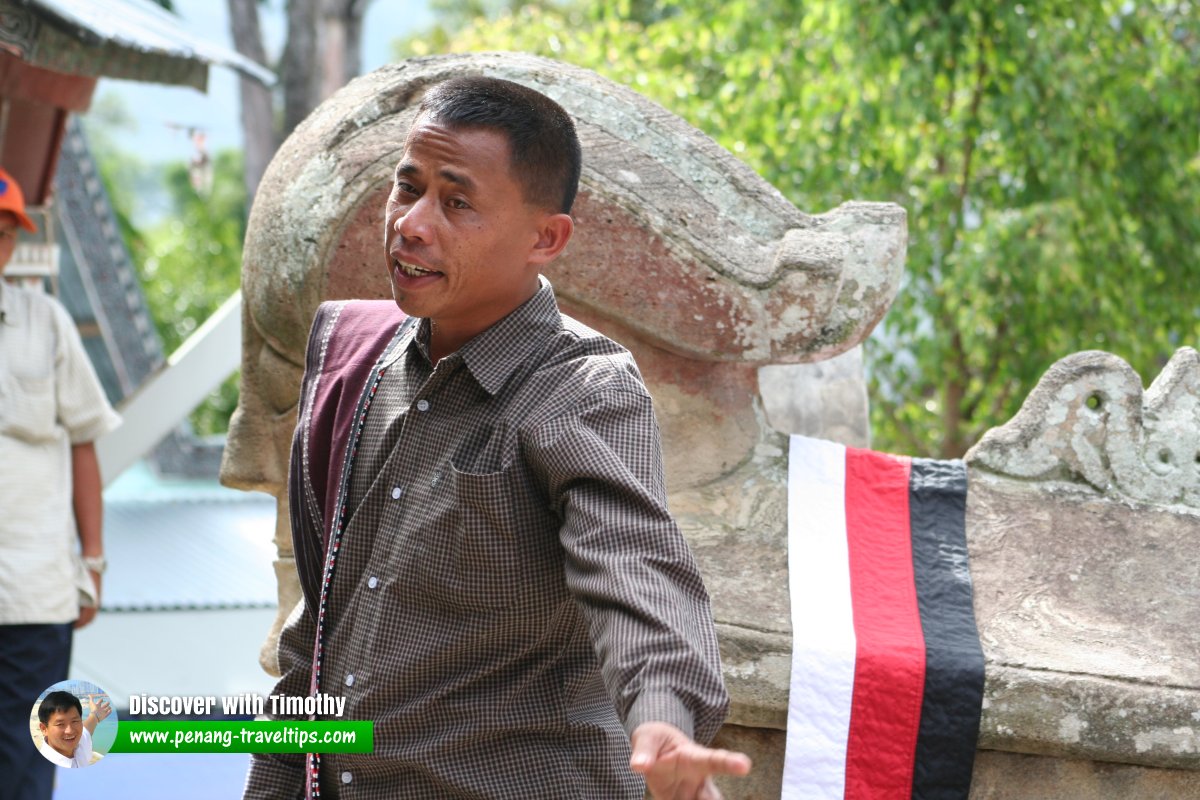 On-site guide explaining King Ompu Ni Ujung Barita Sidabutar's sarcophagus, that has a likeness of the king on the front, and the woman Anting Malela at the back. (29 April 2006)
On-site guide explaining King Ompu Ni Ujung Barita Sidabutar's sarcophagus, that has a likeness of the king on the front, and the woman Anting Malela at the back. (29 April 2006)
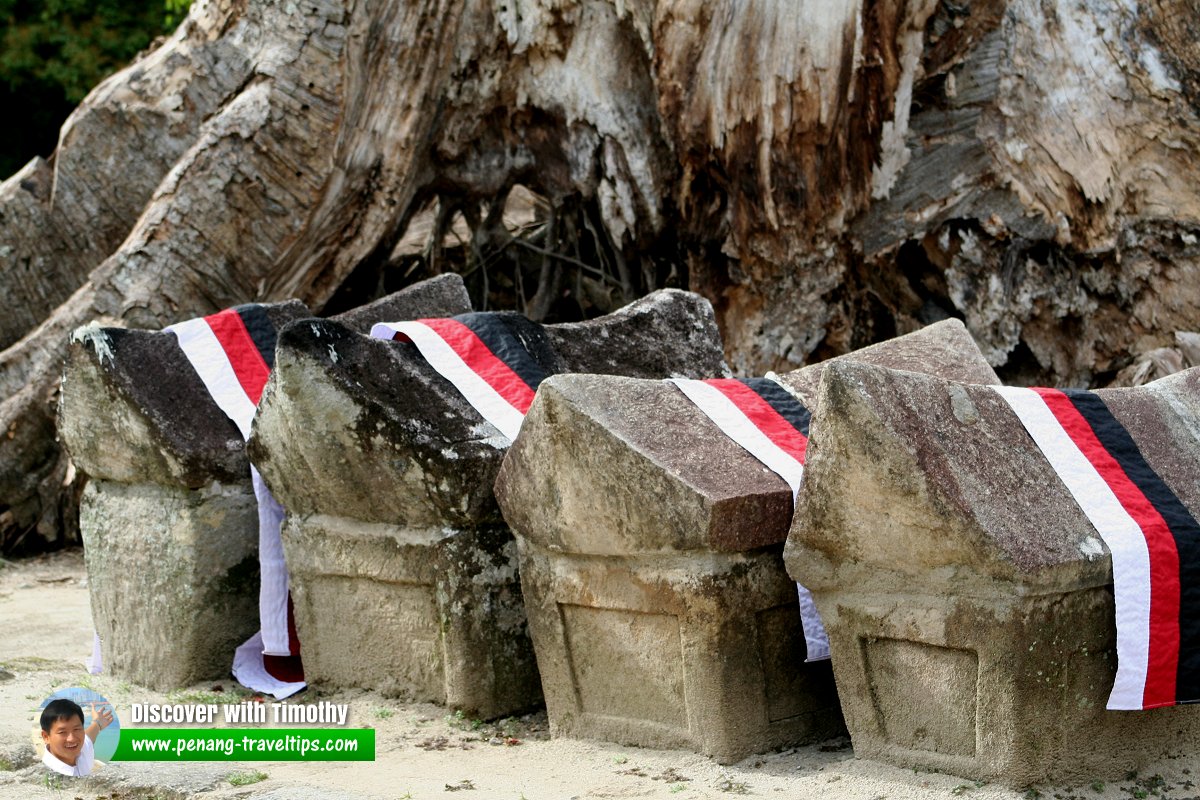 Stone sarcophagi arranged in a row at the Sidabutar tomb in Tomok. (29 April 2006)
Stone sarcophagi arranged in a row at the Sidabutar tomb in Tomok. (29 April 2006)
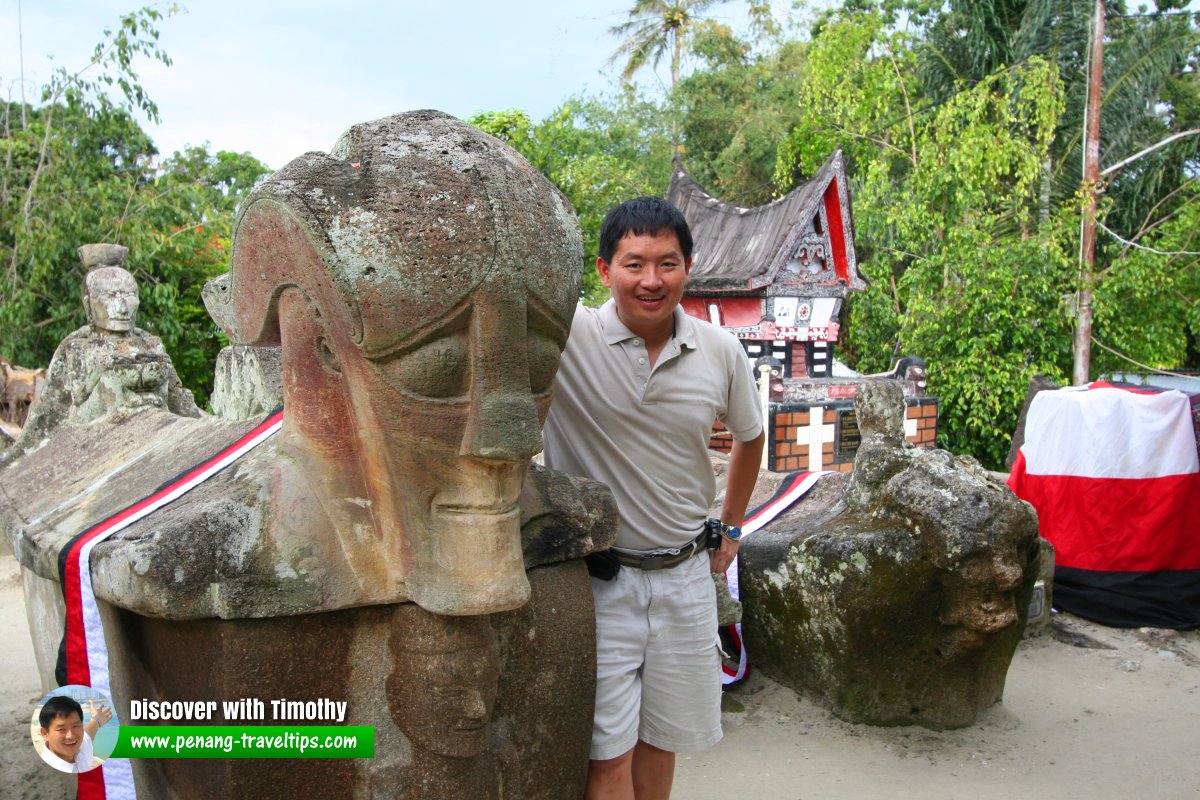 Here I am at King Sidabutar's Tomb (29 April 2006)
Here I am at King Sidabutar's Tomb (29 April 2006)
 Latest updates on Penang Travel Tips
Latest updates on Penang Travel Tips
 Destination Indonesia
Destination Indonesia

Copyright © 2003-2025 Timothy Tye. All Rights Reserved.

 Go Back
Go Back